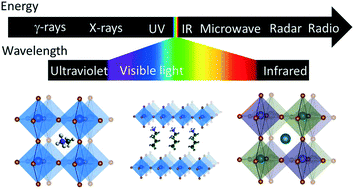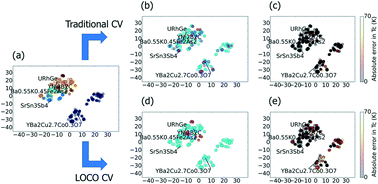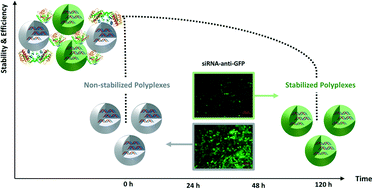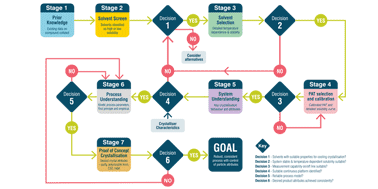Themed collection MSDE most-read Q1 2019

Cellulose nanocrystals in nanoarchitectonics – towards photonic functional materials
This review summarizes the recent achievements in the development of photonic functional materials based on cellulose nanocrystals (CNCs) and CNC templating. The unique self-assembly of CNCs into chiral nematic structures introduces photonic properties for the development of functional materials with application potential in photonic sensing, tunable reflectors or optoelectronics.

Mol. Syst. Des. Eng., 2019,4, 29-48
https://doi.org/10.1039/C8ME00065D
Li- and Mn-rich layered oxide cathode materials for lithium-ion batteries: a review from fundamentals to research progress and applications
Li- and Mn-rich layered oxides (LMRO) have drawn much attention for application as cathode materials for lithium-ion batteries due to their high-energy density of over 1000 W h kg−1.

Mol. Syst. Des. Eng., 2018,3, 748-803
https://doi.org/10.1039/C8ME00025E
Molecular engineering of perovskite photodetectors: recent advances in materials and devices
We present an overview of the recent advances in perovskite photodetectors from both the materials and device perspectives.

Mol. Syst. Des. Eng., 2018,3, 702-716
https://doi.org/10.1039/C8ME00022K
Can machine learning identify the next high-temperature superconductor? Examining extrapolation performance for materials discovery
Traditional machine learning (ML) metrics overestimate model performance for materials discovery.

Mol. Syst. Des. Eng., 2018,3, 819-825
https://doi.org/10.1039/C8ME00012C
Energy-based descriptors to rapidly predict hydrogen storage in metal–organic frameworks
A new, energy-based descriptor for porous materials is highly predictive for hydrogen adsorption using an interpretable regression model.

Mol. Syst. Des. Eng., 2019,4, 162-174
https://doi.org/10.1039/C8ME00050F
Electric field induced rotation of halogenated organic linkers in isoreticular metal–organic frameworks for nanofluidic applications
Electric field induced rotation of IRMOF linkers provides opportunities for controlling the diffusion of molecules for nanofluidic applications.

Mol. Syst. Des. Eng., 2018,3, 951-958
https://doi.org/10.1039/C8ME00030A
Catalytic single-chain polymeric nanoparticles at work: from ensemble towards single-particle kinetics
In this work, we present the design and preparation of catalytic single chain polymeric nanoparticles (SCPNs), their characterization at the ensemble level as well as our progress toward analyzing individual SCPNs with single-molecule fluorescence microscopy.

Mol. Syst. Des. Eng., 2018,3, 609-618
https://doi.org/10.1039/C8ME00017D
Stable and efficient generation of poly(β-amino ester)s for RNAi delivery
Cationic polymers are promising delivery systems for RNAi due to their ease of manipulation, scale-up conditions and transfection efficiency.

Mol. Syst. Des. Eng., 2018,3, 677-689
https://doi.org/10.1039/C8ME00006A
Enabling precision manufacturing of active pharmaceutical ingredients: workflow for seeded cooling continuous crystallisations
Presentation and applied case study of a system-wide workflow which supports rapid, systematic and efficient continuous seeded cooling crystallisation process design, with the aim to deliver a robust, consistent process with tight control of particle attributes.

Mol. Syst. Des. Eng., 2018,3, 518-549
https://doi.org/10.1039/C7ME00096K
Deep learning for chemical reaction prediction
We describe a deep learning-based system for predicting chemical reactions and identifying experimentally-observed masses.

Mol. Syst. Des. Eng., 2018,3, 442-452
https://doi.org/10.1039/C7ME00107J